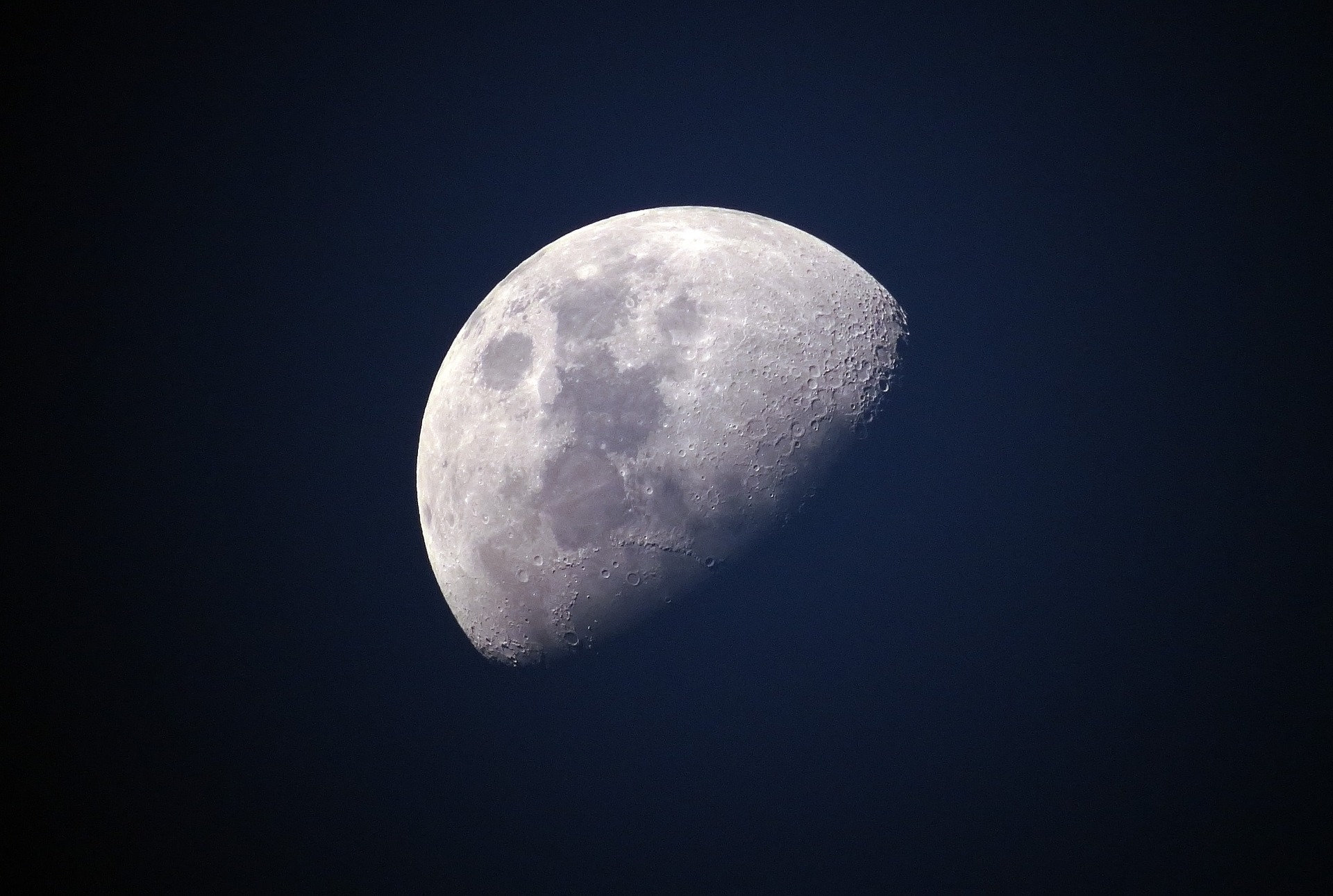ispace is a lunar exploration company that is currently working on, among other things, a mission to the polar regions of the Moon in search of frozen water.
One of the key challenges of the polar environment is shadows. Unlike the Earth, the Moon has virtually no axial tilt. This means that at the poles, instead of having six months of light and six months of darkness, the sun seems to stay right on the horizon all year round.
Therefore, as the sun is so low in the sky, the shadows are very long and can move in a non-intuitive way. For the majority of rovers and other vehicles on the Moon, staying in the light is extremely important as the sun is their sole source of power. Therefore, in order to plan a successful mission, it is vital to be able to predict the location of the shadows at any given time.
This is where MeluXina comes into play. ispace uses the mega-computer to calculate the appearance of the lunar horizon when standing at any given point in the polar regions, enabling the company to develop real-time shadow maps of the lunar surface. Previously, it would take ispace about three minutes to map the shadows on the moon, now it takes microseconds. Furthermore, maps of average illuminance already exist, but they are of low resolution. Thanks to MeluXina, this type of map has become much more accurate.


